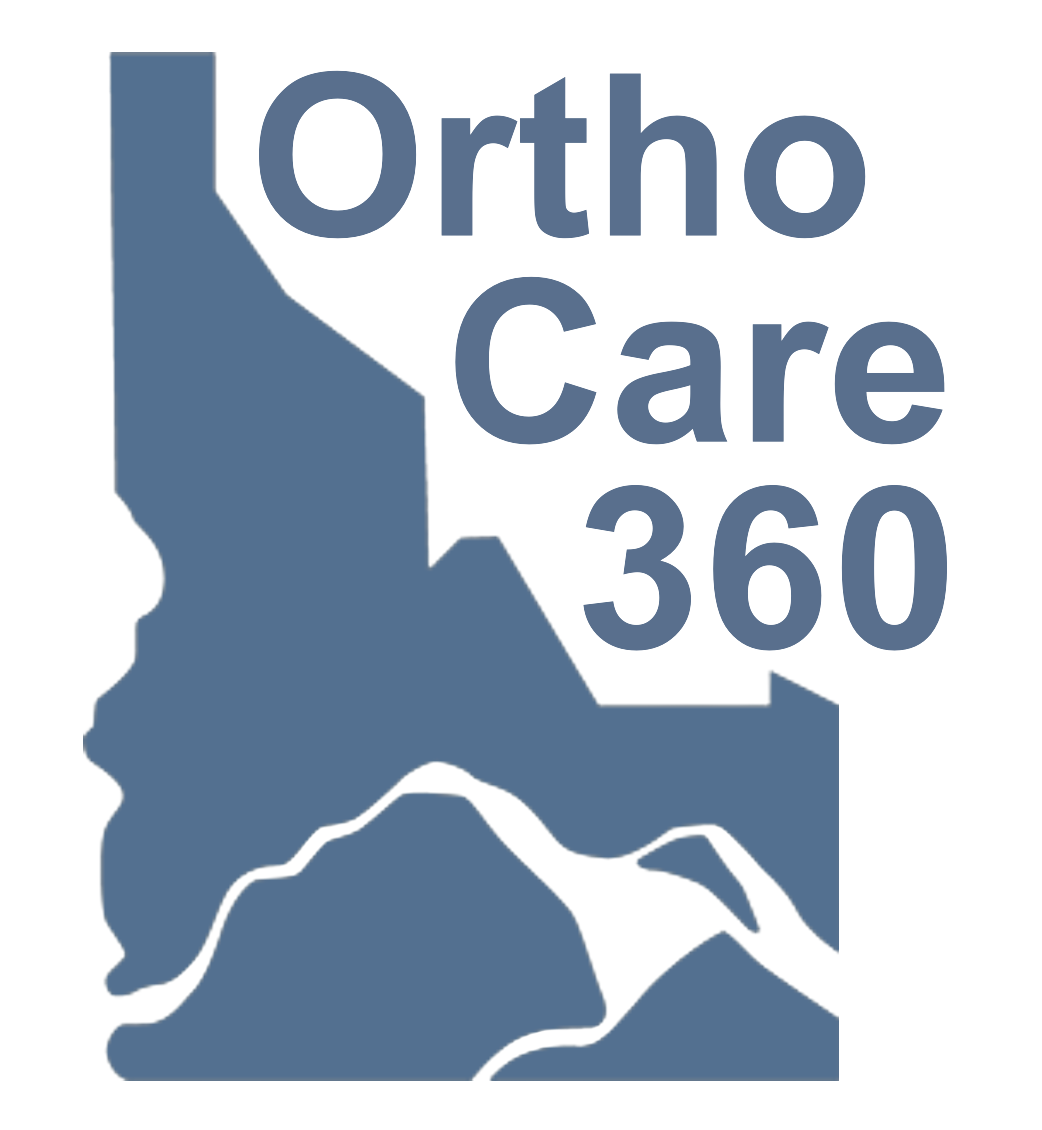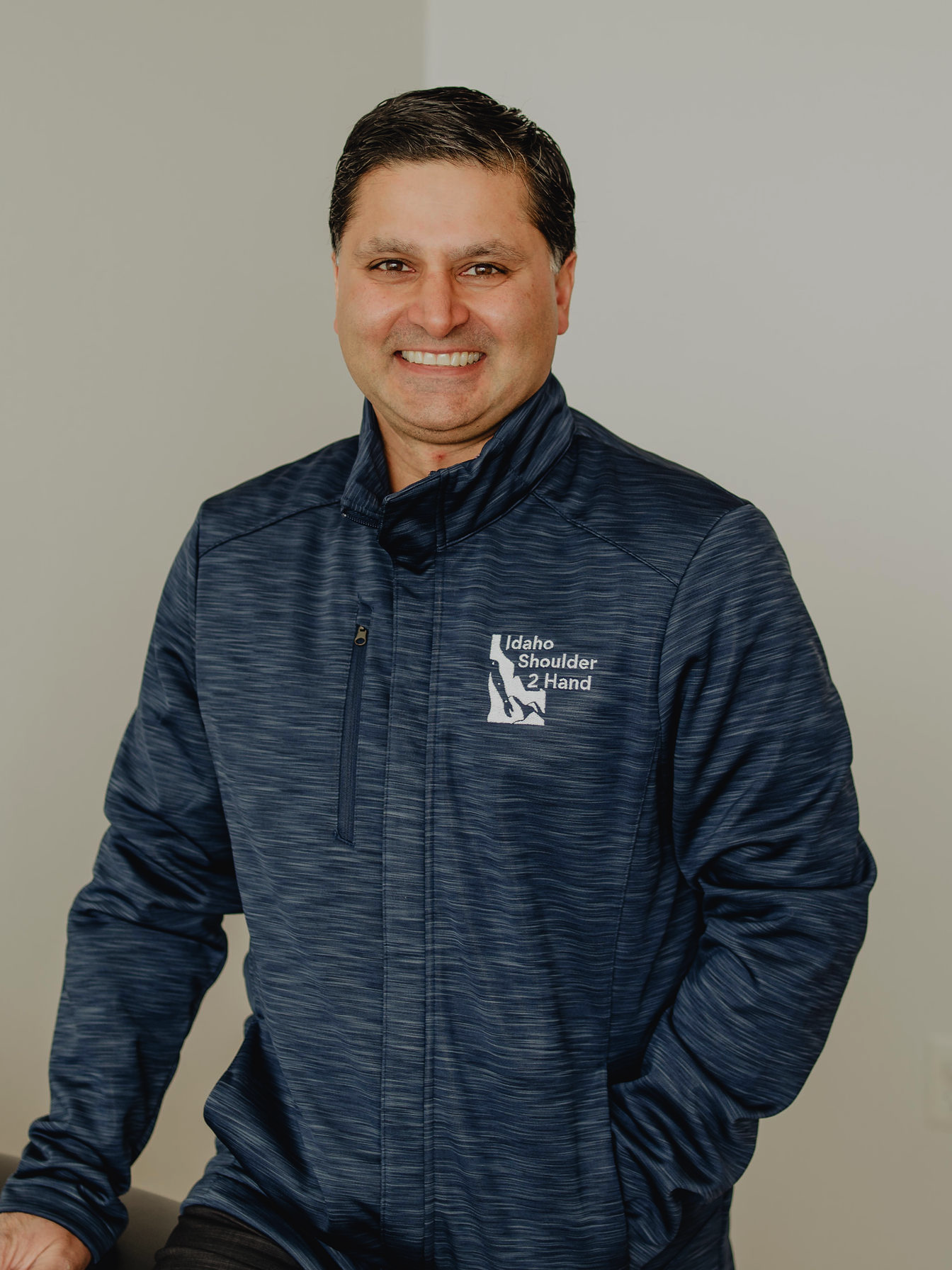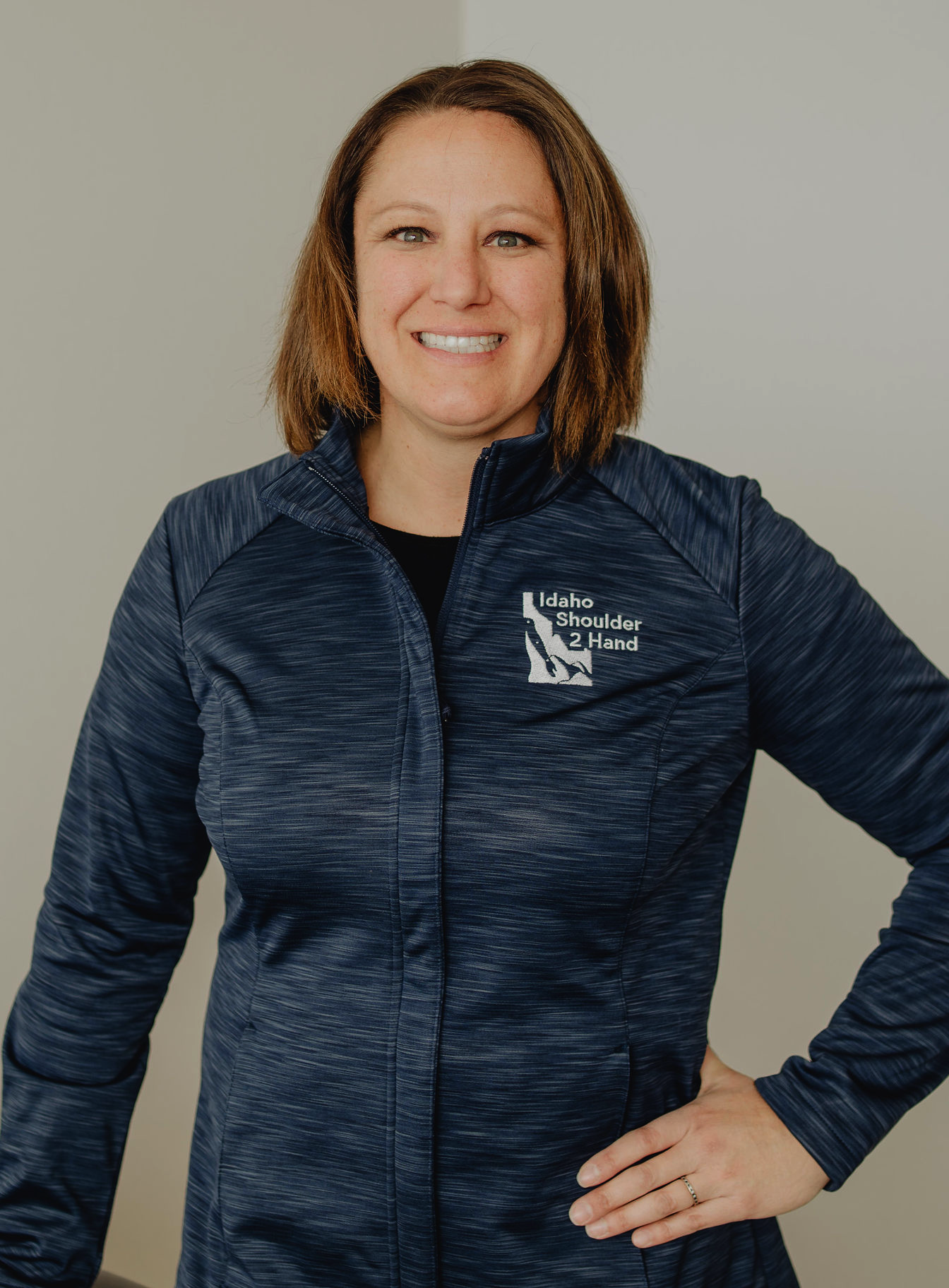
When people hear “orthopedics,” surgery often comes to mind first. But a large portion of modern orthopedic care focuses on non-surgical options designed to help you function better, feel more comfortable, and return to the activities that matter most—without an operation. This article stays general and non-directive. It’s not medical advice; it’s a simple framework to help you understand what conservative care can look like and how it’s tailored to your situation.
The Big Picture: Why Non-Surgical First?
Orthopedic problems show up in many ways—overuse discomfort, a twist on the field, a flare of a long-standing condition. Because people’s bodies, jobs, and goals differ, care plans begin with a broad look at your day-to-day life. The aim is to reduce disruption, support healing, and build practical momentum using methods that fit your routines. Surgery remains important for certain conditions, but conservative approaches are often the first step when appropriate.
What “Conservative Care” Generally Includes
Non-surgical care isn’t a single treatment—it’s a mindset plus a menu of options. Depending on your evaluation, a plan may include elements like:
- Education & expectations: Understanding the issue in plain language helps you navigate daily decisions with less guesswork.
- Activity adjustments: Small tweaks to how you move or rest can make everyday tasks feel more manageable.
- Supportive devices: In some cases, a brace, splint, or other support may be used temporarily to promote comfort and function.
- Guided exercises/therapy: Many patients benefit from targeted movement strategies designed to support strength, flexibility, and confidence over time.
- Care coordination: Your orthopedic team may collaborate with physical therapists or other professionals so everyone is pulling in the same direction.
Again, the specifics depend on your evaluation and goals. The emphasis is on steady, realistic progress rather than quick fixes.
How We Personalize Care at OrthoCare360
Because your activities and responsibilities are unique, we discuss what “better” means to you—picking up a child, returning to desk work without discomfort, or getting back to the trail. From there, we outline a high-level plan and checkpoints to see how things are going. To explore our offerings by body region, visit the main Services hub, or take a look at our pages for specific areas like the Knee or Shoulder to understand the kinds of concerns we commonly evaluate.
When People Consider a Specialist Visit
Many patients reach out when discomfort persists, daily life is affected, or uncertainty keeps them from activities they enjoy. A specialist evaluation can clarify what’s happening and which general approaches might fit best. Sometimes the path is short; other times it evolves over weeks or months. The plan is paced to your needs.
Mindset Matters
Non-surgical orthopedic care is often about consistency: building small, sustainable habits that support the healing process and long-term function. Patients frequently tell us that once they understand the “why” behind a plan—and see early progress—they feel more confident managing their condition day to day.
Questions You Might Bring
- What are the high-level goals for the next phase of care?
- How will we check progress and adjust if needed?
- Which everyday activities should I prioritize or modify right now?
- What does a typical follow-up cadence look like for cases like mine?
Learn More
For a broad, consumer-friendly overview of musculoskeletal topics, the American Academy of Orthopaedic Surgeons’ OrthoInfo site offers general education. Public-health resources also provide high-level information on physical activity and wellness. See below for two reputable, non-commercial links.
Next Step
If you’re weighing options, a simple conversation can help you feel more certain about the plan ahead. Explore our Services to see how we approach different regions of the body or read recent posts on our News page for more general guidance.


